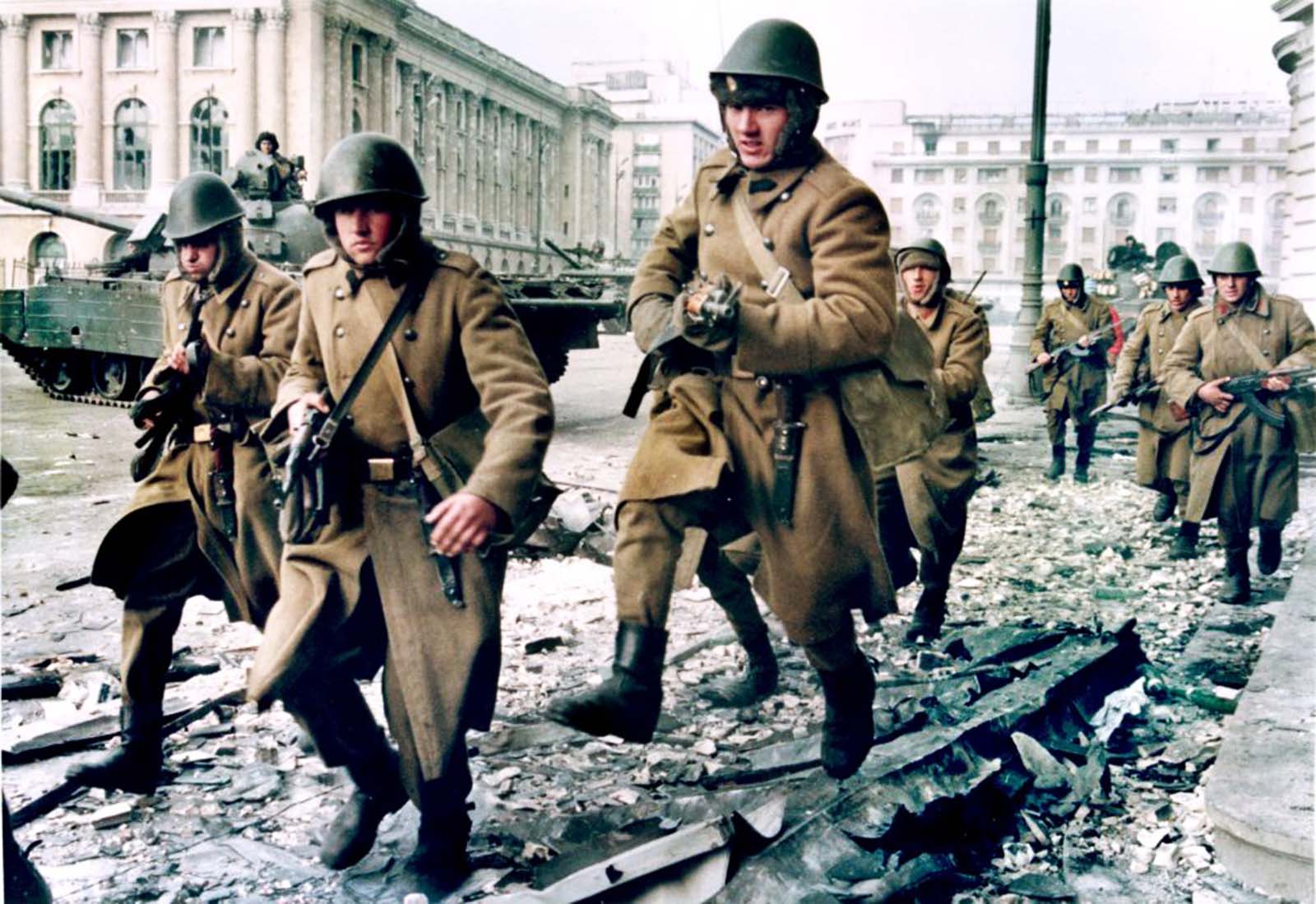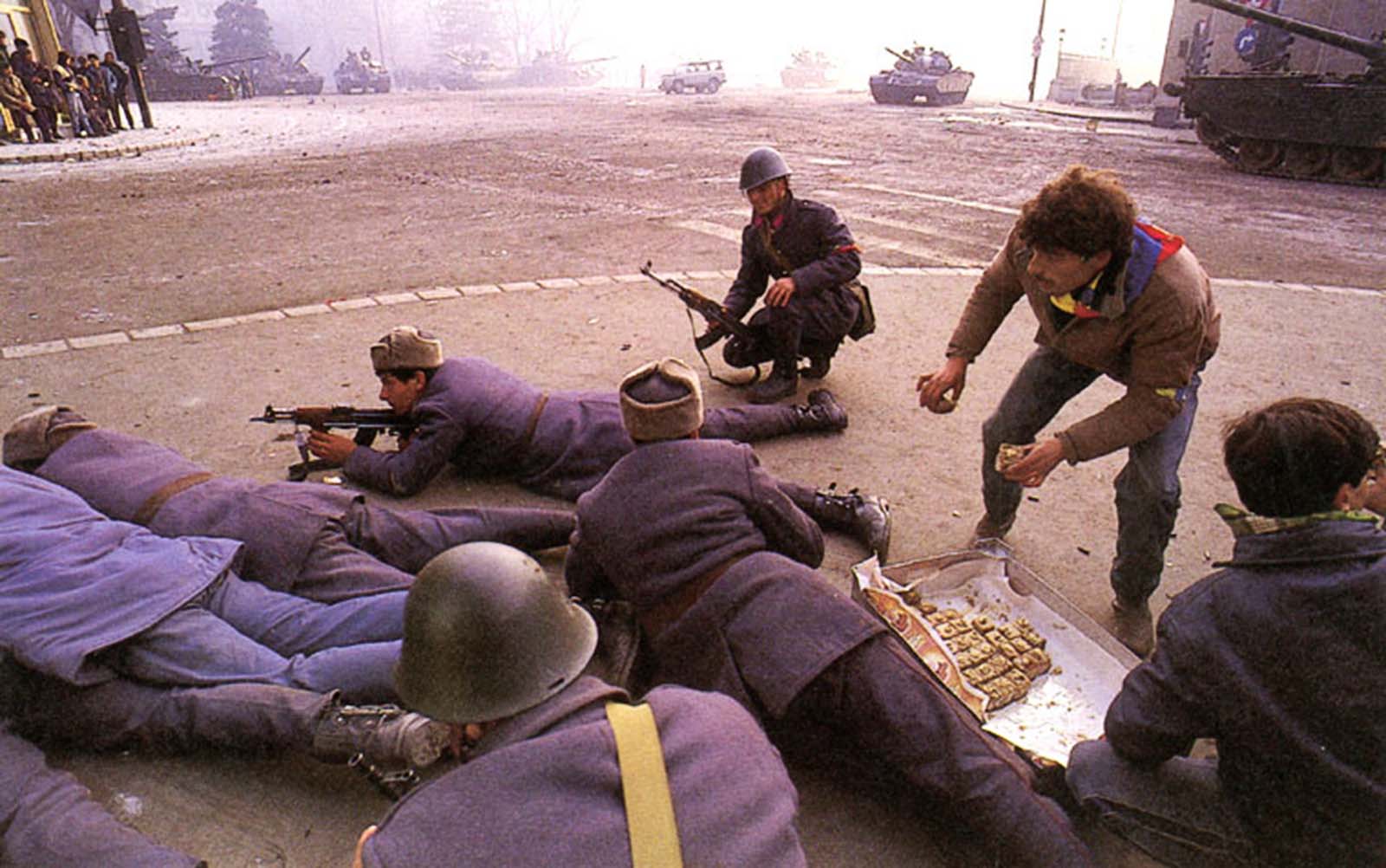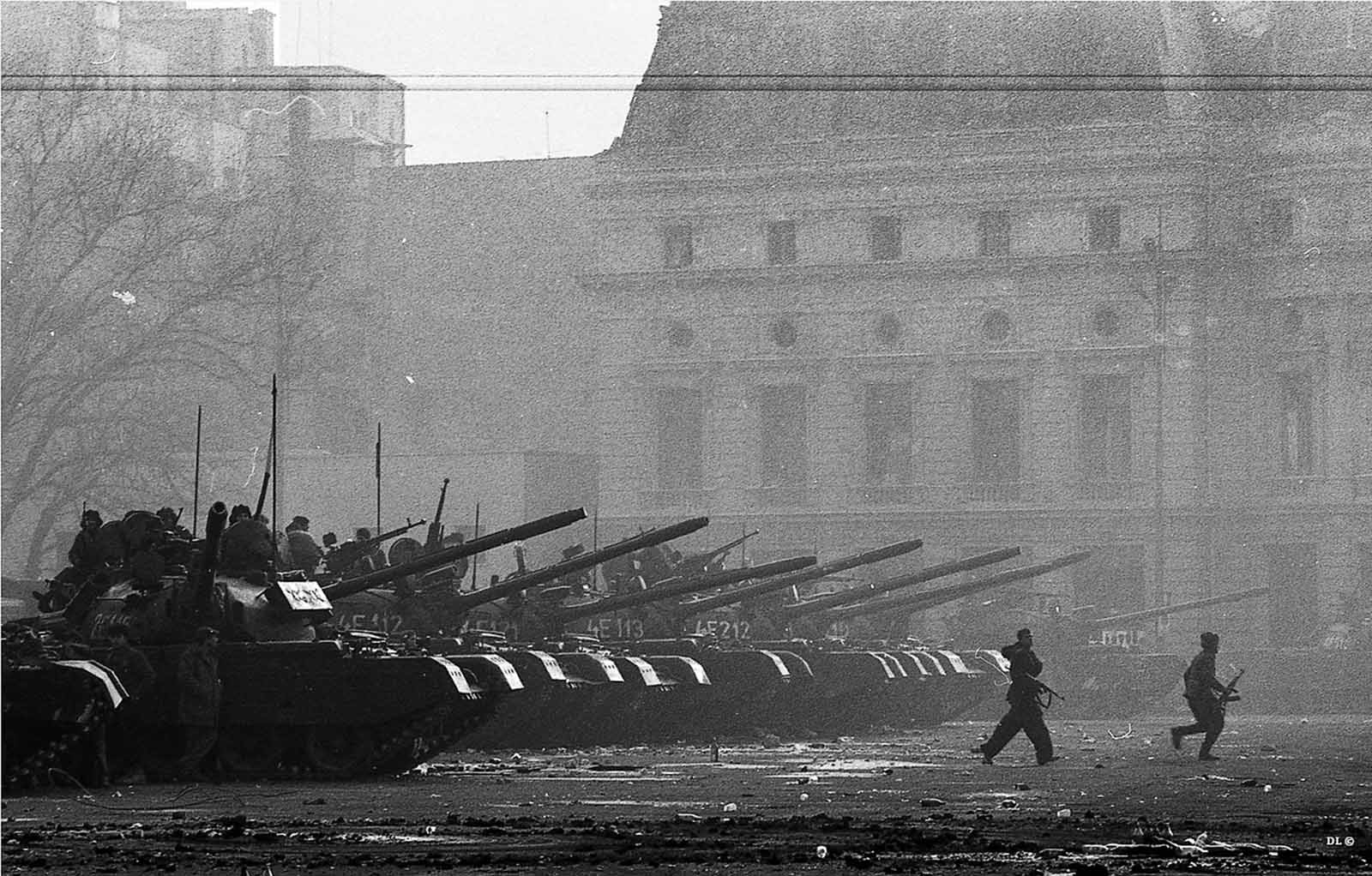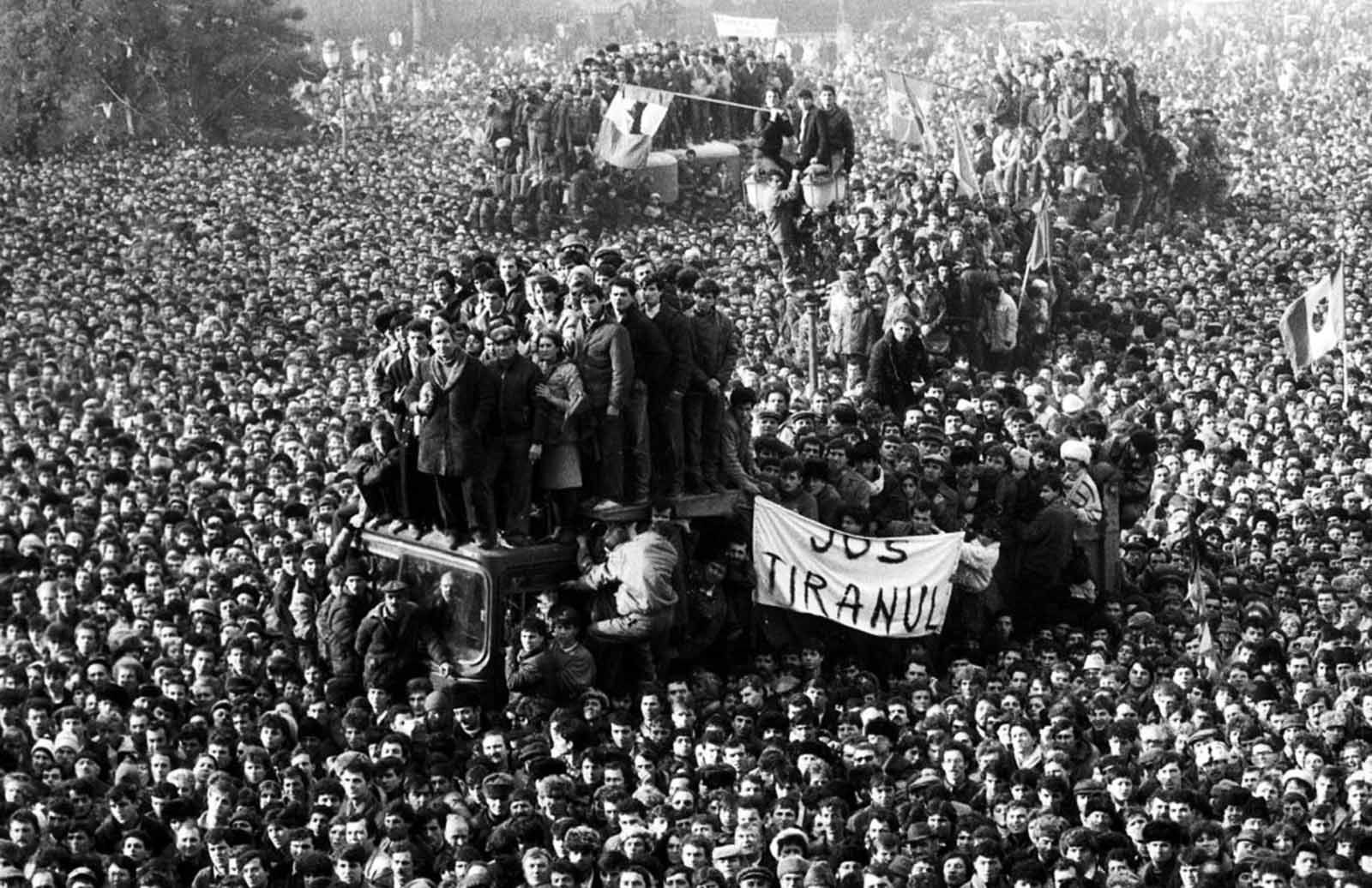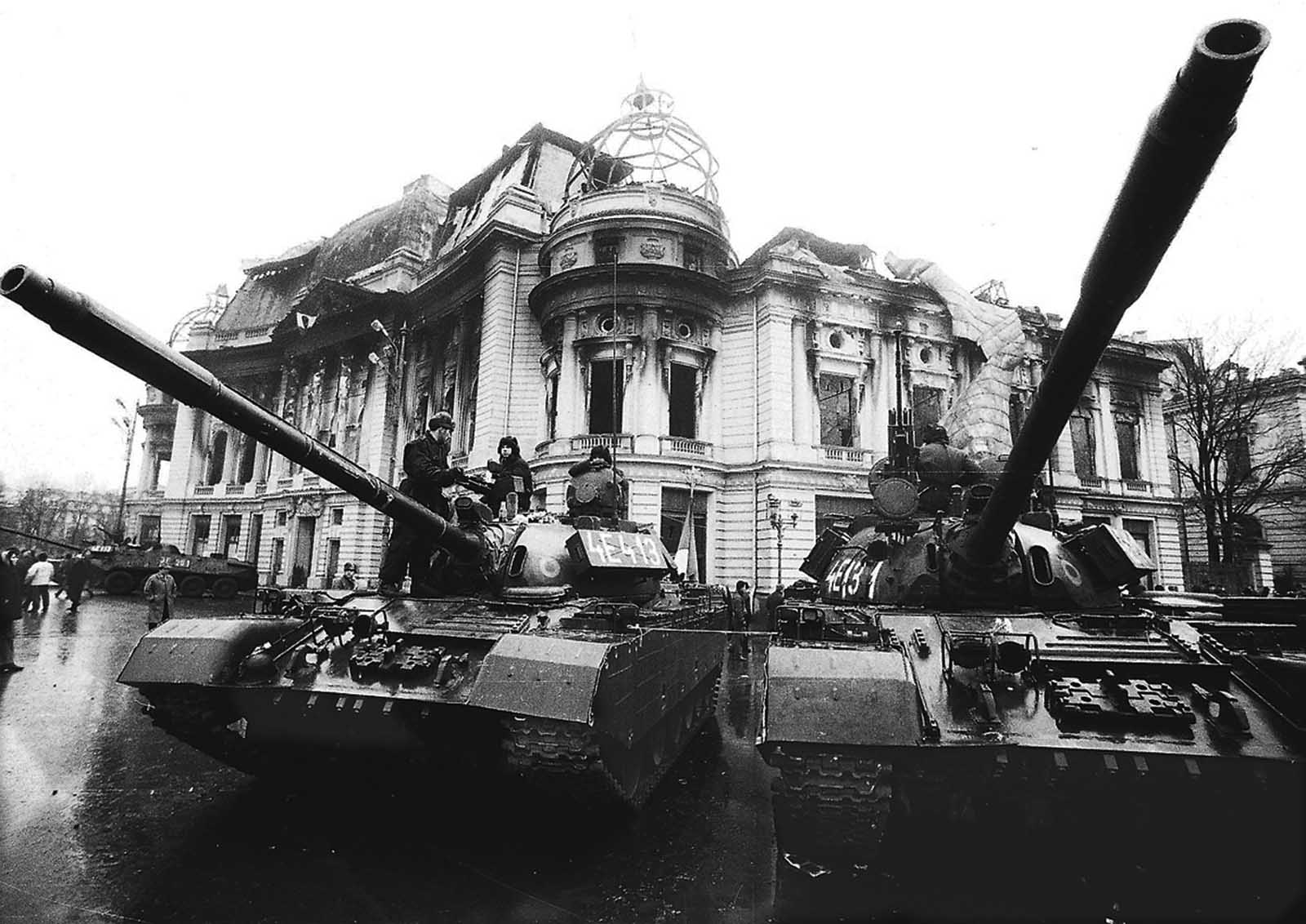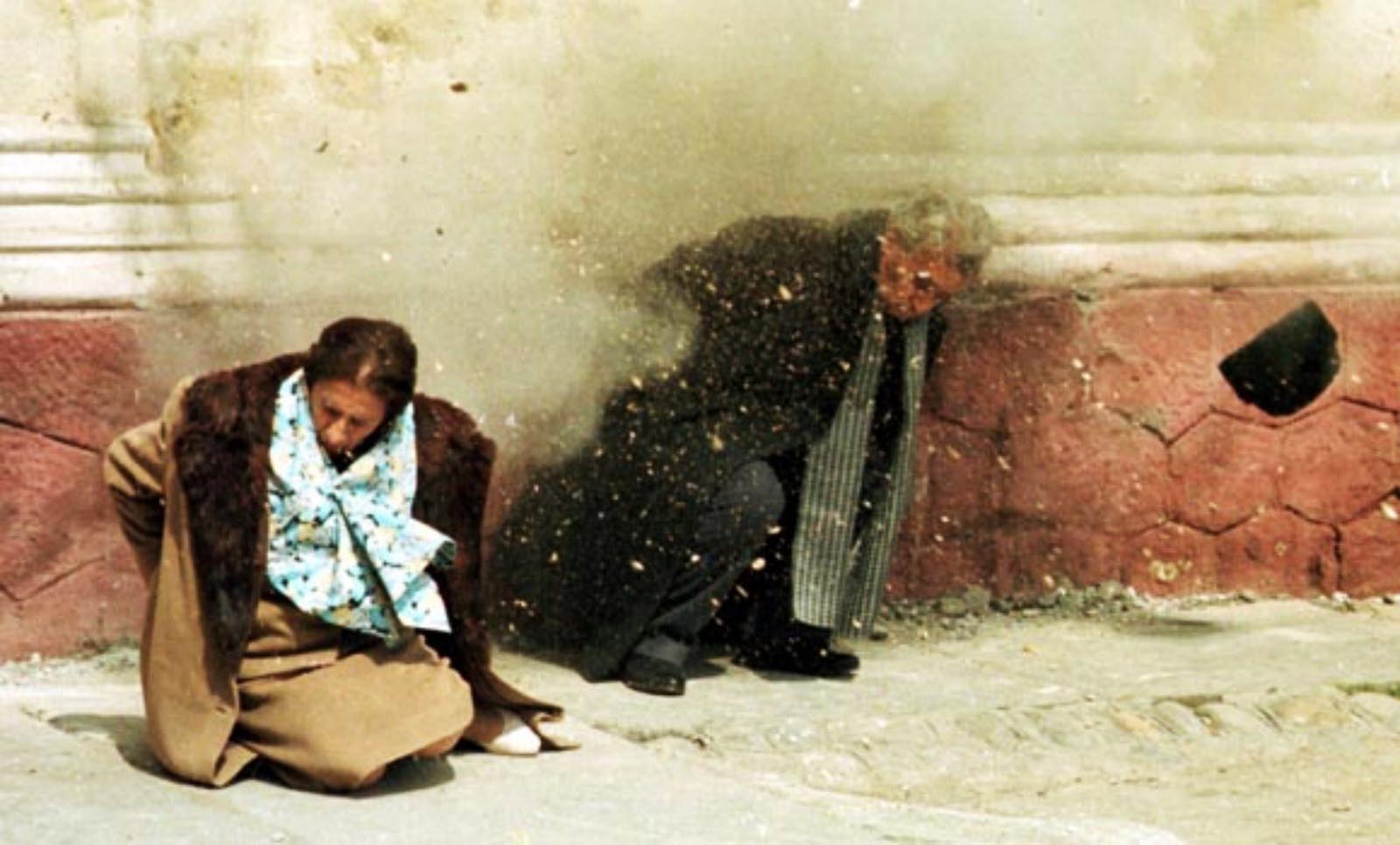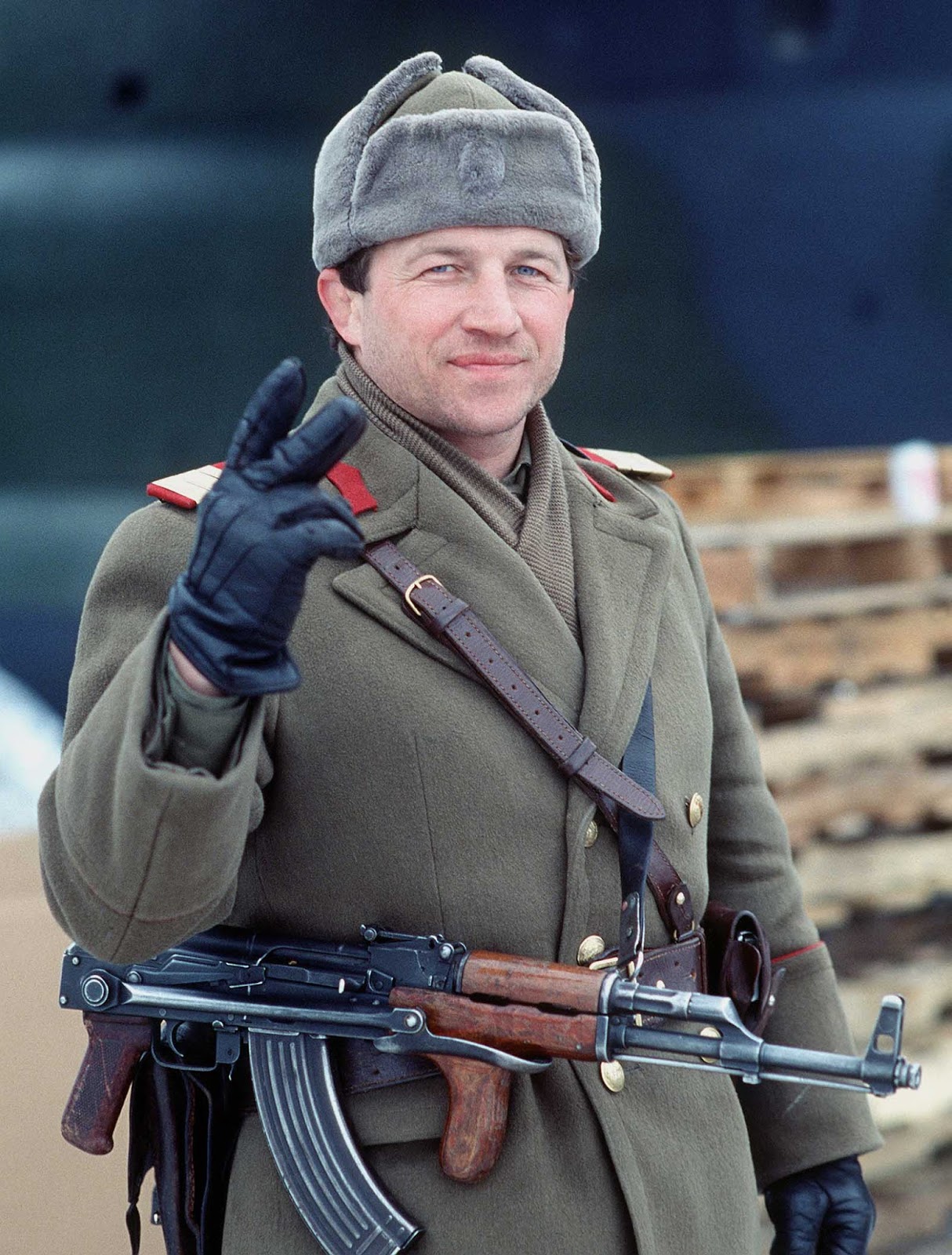Ceausescu maintained an independence from the Soviet Union that was unparalleled in the Eastern Bloc. In the late 1980s, as the Soviet Union and Eastern Bloc countries began to liberalize, Ceausescu maintained his hardline policies. In 1981, Ceausescu began an austerity program designed to enable Romania to liquidate its entire national debt ($10 billion). To achieve this, many basic goods, including gas, heat, and food were rationed, which drastically reduced the standard of living in Romania. The secret police, Securitate, had become so ubiquitous as to make Romania essentially a police state. Free speech was limited and opinions that did not favor the Communist Party were forbidden. Even by the Soviet-bloc standards, the Securitate was exceptionally brutal. The Romanian Revolution was swifter and more violent than the other Eastern Bloc revolutions of 1989. It began on December 15 in Timisoara, when demonstrations of support of dissident Hungarian priest Laszlo Tokes rapidly fomented widespread protest. Since Romania did not have riot police (Ceausescu, who genuinely believed that the Romanian people loved him, never saw the need for them), the military was sent in to control the riots because the situation was too large for the Securitate and conventional police to handle. However, the chief minister of defense sent soldiers in without live ammunition. The army failed to establish order. The next day, trains loaded with workers originating from factories in the South arrived. The regime was attempting to use them to repress the mass protests, but after a brief encounter they ended up joining the protests. One worker explained: “Yesterday, our factory boss and a Party official rounded us up in the yard, handed us wooden clubs, and told us that Hungarians and hooligans were devastating Timișoara and that it is our duty to go there and help crush the riots. But I realized that wasn’t the truth”. On the morning of 21 December Ceausescu addressed an assembly of approximately 100,000 people, to condemn the uprising in Timișoara. Party officials took great pains to make it appear that Ceausescu was still immensely popular. Thousands of workers were bussed into the square under threat of being fired. They were given red flags, banners, and large pictures of Ceausescu and his wife. The crowd was given orders on where to stand, when to applaud, and what to sing. The front rows of the assembly were made up of low-level Communist Party officials and members who acted as cheer-leaders. Ceausescu blamed the Timișoara uprising on “fascist agitators”. However, Ceausescu was out of touch with his people and completely misread the crowd’s mood. The people remained unresponsive, and only the front rows supported Ceausescu with cheers and applause. Eight minutes into the speech, some in the crowd actually began to jeer, boo, whistle and utter insults at him. In response, Ceausescu raised his right hand in hopes of silencing the crowd; his stunned expression remains one of the defining moments of the end of Communism in Eastern Europe. The entire speech was being broadcast live around Romania, and it is estimated that perhaps 76% of the nation was watching. Censors attempted to cut the live video feed, and replace it with Communist propaganda songs and video praising the Ceausescu regime, but parts of the riots had already been broadcast and most of the Romanian people realized that something unusual was in progress. His security guard appeared, disappeared, and, finally, hustled Ceausescu off the balcony. At that very moment, many everyday Romanians saw the weakness of Ceausescu’s regime for the first time. “It is as if, at that moment, everyday Romanian’s saw the possibility, saw the reality of the weakness of Ceausescu’s regime”, according to the Center for History & New Media. “Those moments of Ceausescu’s weakness and the power of popular pressure explain why, a mere 48 hours later, Ceausescu was attempting to flee Romania, all power lost”. The following day, violence erupted on the streets of Bucharest. Senior generals gave up their support for Ceausescu, and the remaining loyal sections of the army and Securitate were overrun. At approximately 09:30 on the morning of December 22, Vasile Milea, Ceausescu’s minister of defense, died under suspicious circumstances. A communique by Ceausescu stated that Milea had been sacked for treason and that he had committed suicide after his treason was revealed. The most widespread opinion at the time was that Milea hesitated to follow Ceausescu’s orders to fire on the demonstrators, even though tanks had been dispatched to downtown Bucharest that morning. Milea was already in severe disfavor with Ceausescu for initially sending soldiers to Timișoara without live ammunition. The rank-and-file soldiers believed that Milea had actually been murdered, and went over virtually en masse to the revolution. The senior commanders wrote off Ceausescu as a lost cause and made no effort to keep their men loyal to the regime. This effectively ended any chance of Ceausescu staying in power. As crowds stormed Communist Party headquarters, senior officials directed the Ceausescus to escape by helicopter; the shaken couple was said to be carried aboard by bodyguards shortly after noon. The helicopter was forced to land before it could reach its intended destination because of reports that the army would shoot it down. The Ceausescus were taken to a military base in Tergoviste and held for three days. In the chaos of Ceausescu’s ouster, the newly formed National Salvation Front (NSF), a loosely aligned organization of anti-Ceausescu forces, took control of the government with former Communist Party member Ion Iliescu as its leader. On Dec. 24, NSF leaders met secretly in a Defense Ministry bathroom and decided to try the Ceausescus before a military court in Tergoviste on Christmas Day. “The verdict, though not stated, was clear, since the firing squad traveled in the same helicopters with the judges”, writes The New York Times. After just a one-hour trial, with Iliescu present, the Ceausescus were found guilty of genocide and other crimes and sentenced to death. They were placed against a wall and, before they could be blindfolded, shot multiple times by three soldiers. Others present would fire shots at the couple after the execution. “They said they wanted to die together so we lined them up, took six paces back and simply opened fire”, described Octavian Gheorghiu, a member of the firing squad. “No one ordered us to start, we were just told to get it over with”. The next day, the NSF released video of the trial and pictures of the Ceausescus’ dead bodies. That same day, the lingering violence in Bucharest came to an end. The total number of deaths in the Romanian Revolution was 1,104, of which 162 were in the protests that led to the overthrow of Nicolae Ceaușescu (16–22 December 1989) and 942 in the fighting that occurred after the seizure of power by the new political structure National Salvation Front (NSF). The number of wounded was 3,352, of which 1,107 occurred while Ceausescu was still in power and 2,245 after the NSF took power. The Ceausescus were executed at 4:00 pm local time at a military base outside Bucharest on 25 December 1989. The firing squad began shooting as soon as the two were in position against a wall. In 1990, a member of the National Salvation Front reported that 120 bullets were found in the couple’s bodies. The firing happened too soon for the film crew covering the events to record it in full; only the last round of shots was filmed. Before the sentences were carried out, Elena Ceausescu screamed, “You motherfuckers!” while being led up against the wall; at the same time Nicolae Ceausescu sang “The Internationale”. The Ceausescus were the last people to be executed in Romania before the abolition of capital punishment on 7 January 1990. During the revolution, the Central University Library was burned down in uncertain circumstances and over 500,000 books, along with about 3,700 manuscripts, were destroyed. (Photo credit: Reuters / Getty Images / Denoel Paris – “1989 Libertate Roumanie”). Notify me of new posts by email.
Δ Subscribe



